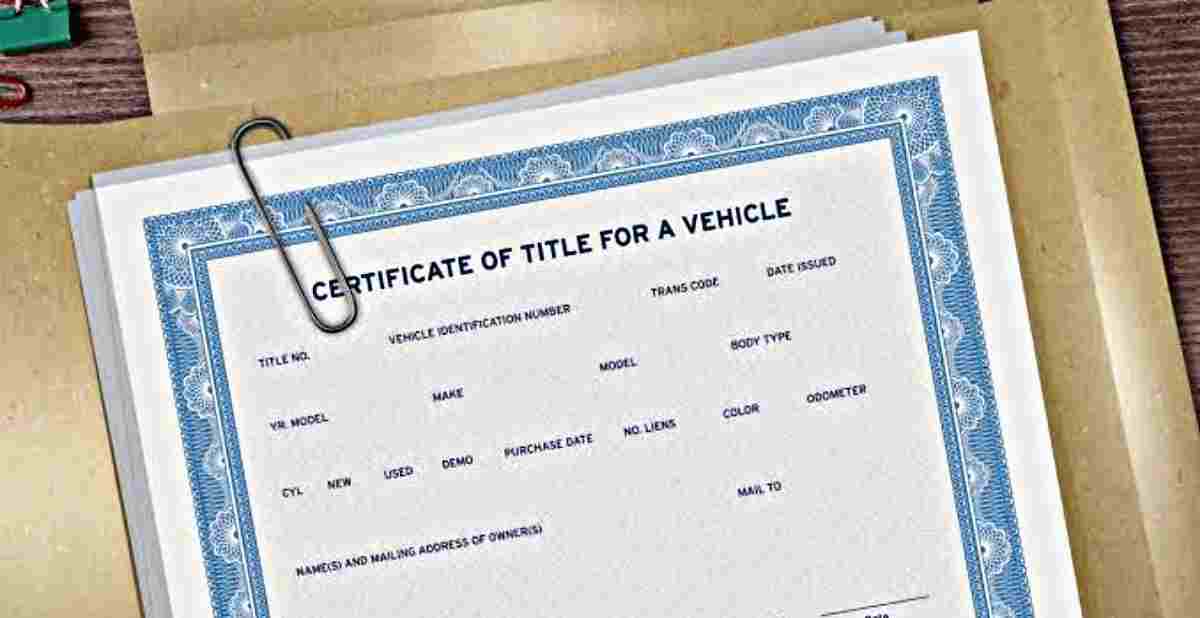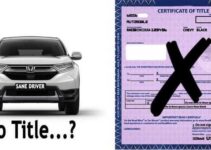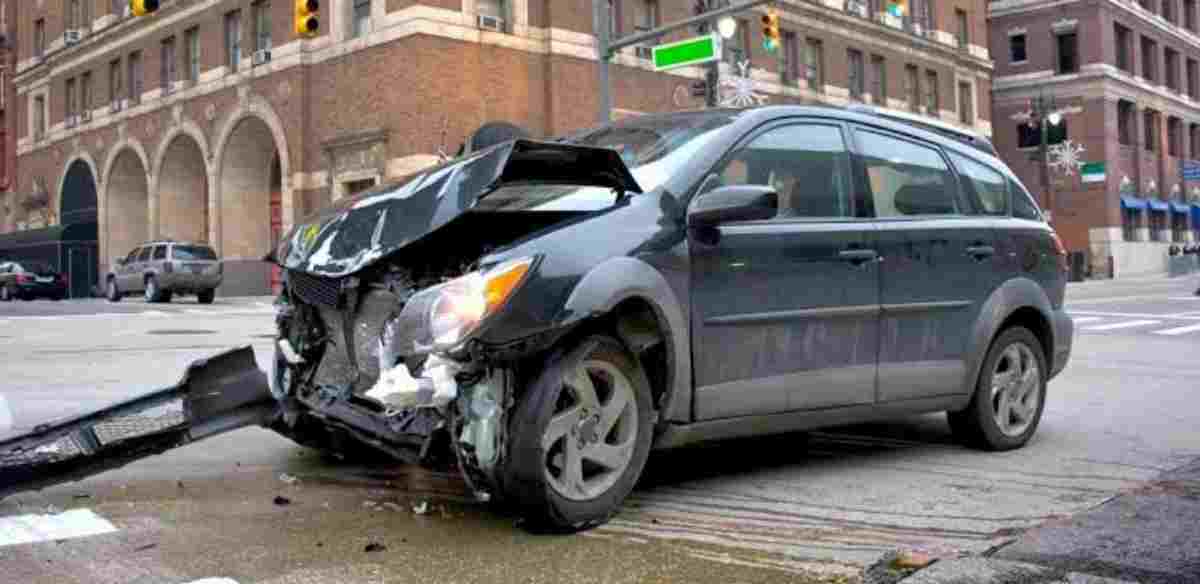For some reason, you’d have to prove you sold your car. And like you, many searches “how to prove I sold my car”, which led them to this page. To prove that you sold your car, you have to present copies of the bill of sale, signed title, photo ID, and licensed plates (if you retained them following your state laws).
Typically, after selling your car, you complete the Release of Liability on the title and send it to your DMV. As the name of the form implies, the DMV releases your liability, which is the car, to the new owner.
If the buyer defaults, you contact your local DMV and inform them that you sold the car and filled the Release of Liability form. Ensure to go with the vehicle and sales information, including copies of bill of sale, photo ID, and title. The bill of sale would contain the VIN and buyer’s information.
If necessary, get in touch with the buyer because they may not have registered the car in their name; thus, the reason you have to prove that you sold your car.
How to Prove I Sold My Car
As mentioned earlier, you can prove that you sold your car by presenting copies of the title and bill of sale, or any related document/paperwork available from the point of sale. In Tennessee, for example, you contact the County Clerk’s office with a copy of the title, containing your signature and the buyer’s signature. You also need your photo ID to verify your identity.

It’s an added advantage if your state mandates keeping license plates because the buyer can’t drive the car without registering them. A buyer will only drive around with your tags if you let them have it after sales or your state mandates.
How to Know if Someone You Sold a Car to Registered it in Their Name
After selling your car, you’re supposed to fill out the bill of sale and title as evidence that you’ve sold it. And as mentioned above, removing the license plates depends on the state laws. If your state mandates keeping the plates, inform the buyer to obtain temporary tags from the DMV before driving home. If your state does not mandate keeping the license plates, the buyer keeps them. However, you’d have to inform the motor vehicle agency that you’re selling your car since the license plate is registered to the car and not you.
Without license plates, the buyer can’t drive home with the car; otherwise, cops will pull them over and assume that it is stolen. Moreover, it is illegal to drive with no plates. They’d have to hire a tow service or obtain a temp tag. To get a temp tag, the buyer visits the DMV with the bill of sale, photo ID, and signed-over title.
In cases where the buyer leaves with your plates or tags, they’re driving it in your name. Assuming the buyer gets in an accident, and they are yet to put the car in their name, you become liable. Nonetheless, you can prove that you sold the car to them with copies of the signed bill of sale, title, and photo ID. With these documents as proofs, and having filled the Release of Liability, it does not matter whether the buyer registered the car in their name or not.
Also, if you did not inform your insurance to cancel existing coverage, report the accident to them. Present the proofs that you sold the car and they will defend you against the claims. Your insurance is even happier to assist because they do not get to cover the damages.
I Sold My Car but It’s Still Registered in My Name
After selling your car, if the buyer does not register it in their name, the car is in your name. But if you filled out the Release of Liability or the equivalent in your state, you’re protected from being liable for damages or criminal connections to the vehicle.
The liability release form tells your DMV that you sold the vehicle and that the license plates are invalid in your name. In states where the plates go with the car, then the new owner assumes responsibility.
So, violations by the buyer, including parking tickets, parking meters citation, etc., are no longer your responsibility, and you will not receive notifications. Meanwhile, you might in interested in the old way to cheat a parking meter safely.
What if My Car Buyer Gets a Ticket and Did Not Transfer Title?
What if the buyer of your car received a ticket and did not register the car in their name? You will receive notifications for the violations, making you liable for penalties. First, contact the buyer. You find their contact info in the bill of sale. Inform them about the notifications and urge them to put the car in their name. Don’t worry about the charges; inform your DMV using the documents mentioned earlier.
Some buyers refuse to put a used car in their name so that the previous owner receives the fines for their violations. Also, a buyer might skip registering a car in their name to avoid paying vehicle sales tax and registration fees. In the process, they jump title, making them a curbstoner.
Unlicensed private sellers indulge in this practice to sell more than the permitted number of cars, typically 3, in a year.
Final Thoughts
After selling your car, endeavor to complete the liability release form. Make sure to also sign over the title properly and keep a copy. Regarding the bill of sale, the buyer must fill it with their correct contact details, including name, address, signature, etc.
Depending on your state, hand over the car plates or remove them. If your state allows you to keep the plates, use them as a souvenir, hang them in your garage or use it for DIY crafts.
In essence, you can prove that you sold your car by presenting copies of the car title, bill of sale, and photo ID. The bill of sale contains the contact information of the buyer.


